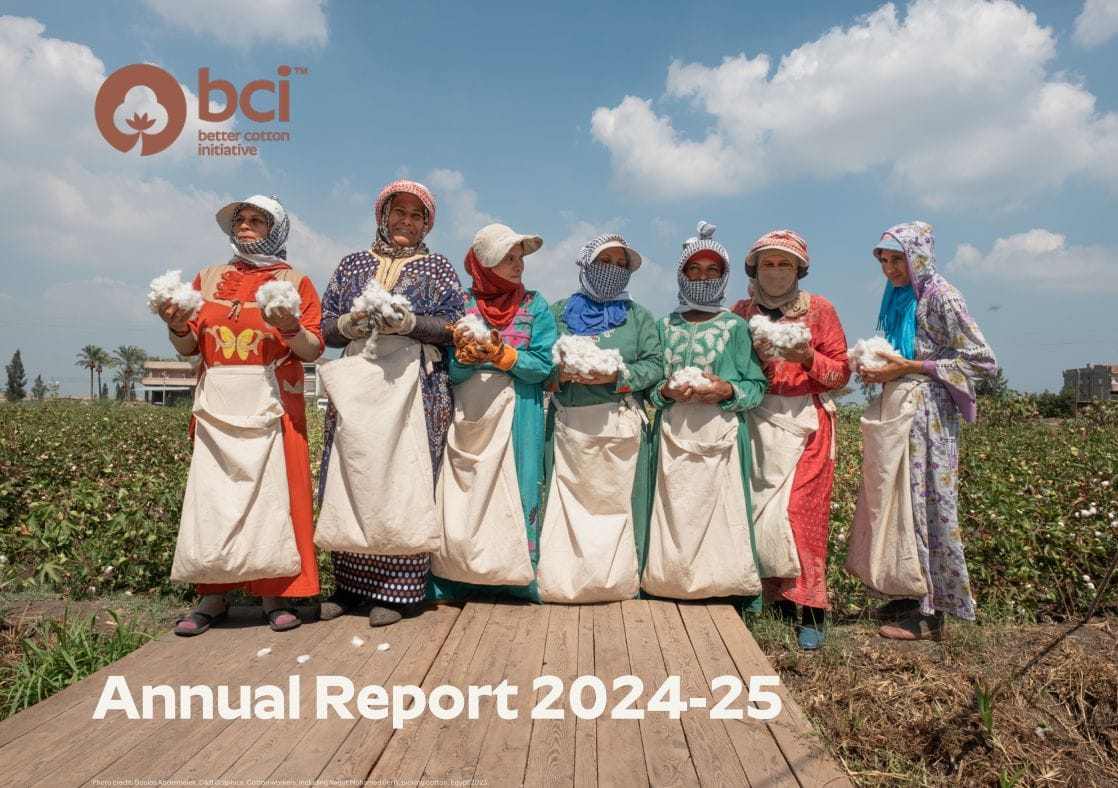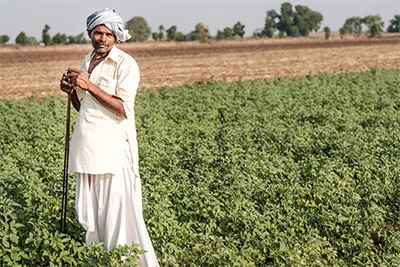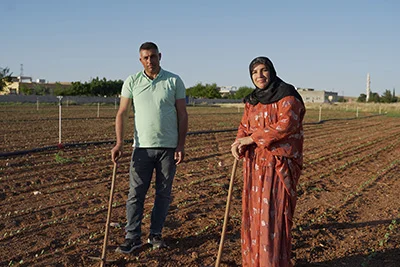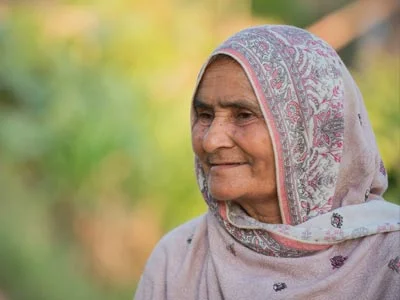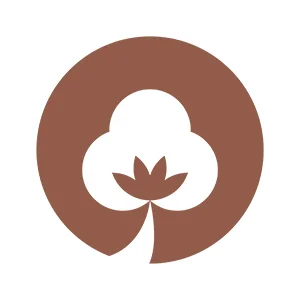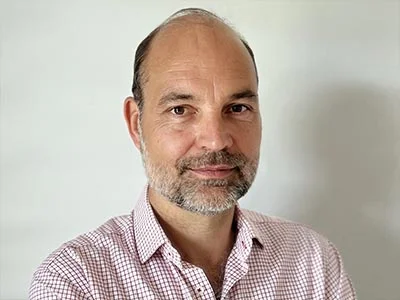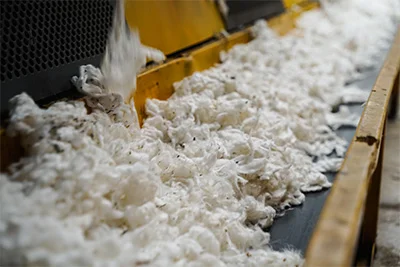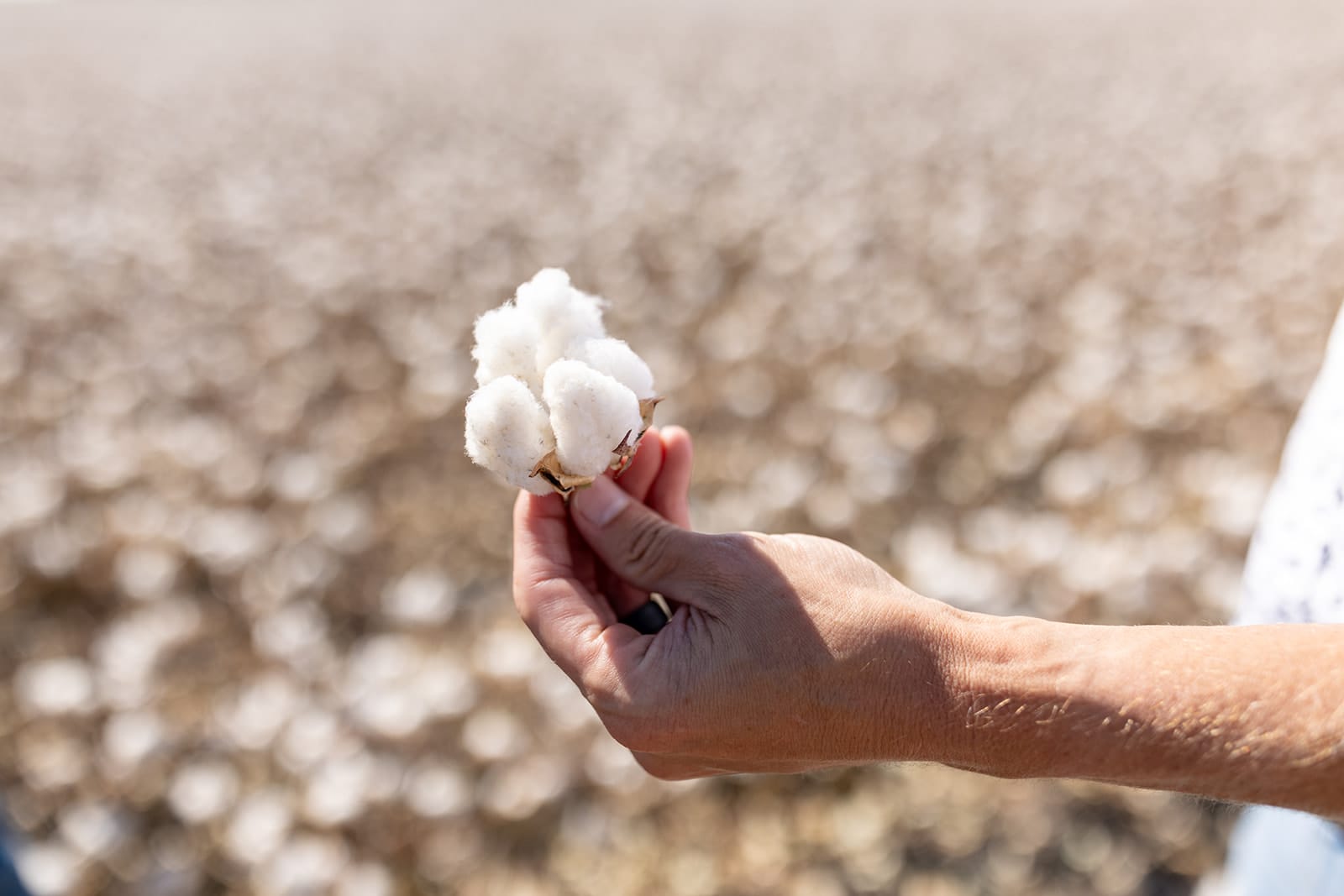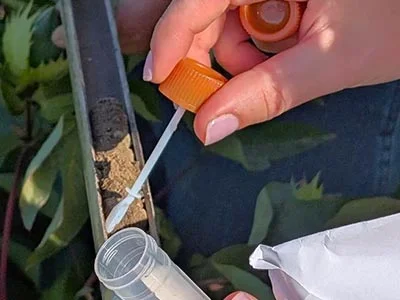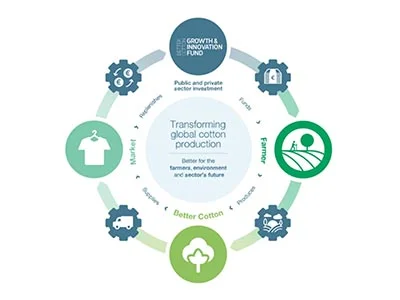Our mission at the Better Cotton Initiative is to make global cotton production better for the people who produce it, better for the environment it grows in and better for the sector’s future. We include people in our mission because Better Cotton training doesn’t just impact BCI Farmers alone. It also touches the farm workers who enjoy better working conditions, the spouses of farmers who share farming duties and apply Better Cotton farming practices, the business partners who help run large farms and more. However, until recently, when calculating our reach, we’ve only counted the ‘participating farmer’ (one farmer per farm who is responsible towards BCI for the agricultural practices on that land) as the default for our ‘farmers reached’ figure. To change that and get a more accurate picture of our reach, we introduced the concept of ‘Farmers+’ in September 2019.
Farmers+ is an expanded definition that includes a breadth of individuals who play a role in decision making and have a financial stake in farming operations on Better Cotton Farms. With Farmers+, we are gaining a better understanding of who we’re reaching through our programme, which will help us better target those we’re serving.
To dive into this concept more and find out what it means for our organisation, we spoke with Eliane Augareils and Kendra Park Pasztor, both Senior Monitoring and Evaluation Managers at BCI. Read our Q&A with them below.
Why is a change in approach important at this stage in BCI’s evolution?
Kendra: The overarching goal with Farmers+ is to improve the coherence of the Better Cotton approach across teams so that we’re working with better information and have more clarity on the communities and partners with whom we work. With better understanding, comes a better adaptation to needs, and hopefully, a better meeting of those needs.
Eliane: With our first 10-year strategy, we were focused on growth to make Better Cotton mainstream, which explains why our main targets were based on the number of farmers, volume of production, surface area of Better Cotton cultivation. However, in the coming decade, we want to focus more on impact. That means we need to go more in-depth to know exactly what we are achieving with different types of participating farmers, but also with the people who are surrounding them in their communities and families. We need to have a better view of who is actually being reached and potentially benefitting from our programme.
Up until now, what we have done is count all the participating farmers that are involved in Better Cotton capacity building activities and are proposed for licensing of Better Cotton. That was a pragmatic way to do so because we already had this list. However, we have noticed over the last few years that sometimes it’s not only the farmer who participates in capacity building activities but also their family and farm workers So, we realised that only counting the registered farmers on our participation lists was a too conservative approach in determining how many people we are reaching.
There is also a gender aspect to this because most of the time the man of the household is the one registered on our farmer list; however, sometimes the woman is the one doing most of the work and is the one benefitting most from the training and new practices. In line with our Gender Strategy, we decided that we should be counting ‘co-farmers’ who are often the female spouses of the farmer.
Who is included in the Farmers+ definition?
Eliane: The definition includes additional people who play a role in decision making and have a financial stake in the farming operation. There are four categories of individuals included in Farmers+: co-farmers, sharecroppers, business partners, and permanent workers.
[Find out more about these categories here].
Are other standards doing this? Is it industry best practice?
Kendra: A lot of organisations use a multiplier to determine the number of individuals reached. That means that they use an estimate for household size and multiply it by the number of farmers registered (e.g. five people in a household x one registered farmer). That’s something we’re also considering doing, but firstly, we want to very clearly count the people who are directly participating in BCI activities. We are thinking of it in terms of ‘interactive’ vs ‘non-interactive’ reach. Our interactive reach would include the individuals who immediately interact with BCI programmes and Implementing Partners. Non-interactive reach would include people reached via these ‘interactive’ individuals.
Eliane: Every standard operates differently, so we are not exactly comparable, but it’s common for other standards to report on different categories of individuals reached, including farm workers, members of certified farmer groups, producers and others. Additionally, disaggregation is becoming increasingly important in reporting. This essentially means tracking the different characteristics of individuals or farms reached — things like type of farm, gender, age, whether a farmer has a disability, their migration status and more. This is something we’re aiming at implementing as well.
How will we use this broader data set to change our approach to reaching farming communities? For example, will Better Cotton training be adapted?
Kendra: We’re anticipating and hoping that this data will help us reach more women and better target some of the activities and programming for women in different contexts.
Eliane: So far, we’re using this data to measure our real growth and impact potential. But the goal for the future is to make sure that we are consciously targeting everyone we’re reaching with benefits and services that are meaningful for them. At the moment, we are still considering how this information will be operationalised and used in practice. Most likely, it will help us implement new trainings or adjust current trainings.
Are we updating our systems to enable more effective data collection on this scale?
Kendra: Yes. We’re in the process of updating how we monitor our capacity building work and other implementation activities, which takes into account who exactly we’re reaching and whether they’re a BCI Farmer or Farmers+. In the coming years, we’re also increasing our focus on digital data collection and tools which will facilitate this work. As a result of our Better Cotton Innovation Challenge, our Implementation Team is already piloting a digital tool in India this year that will help collect data on farm inputs and outputs, and there’s potential to use it to monitor capacity building efforts as well.

